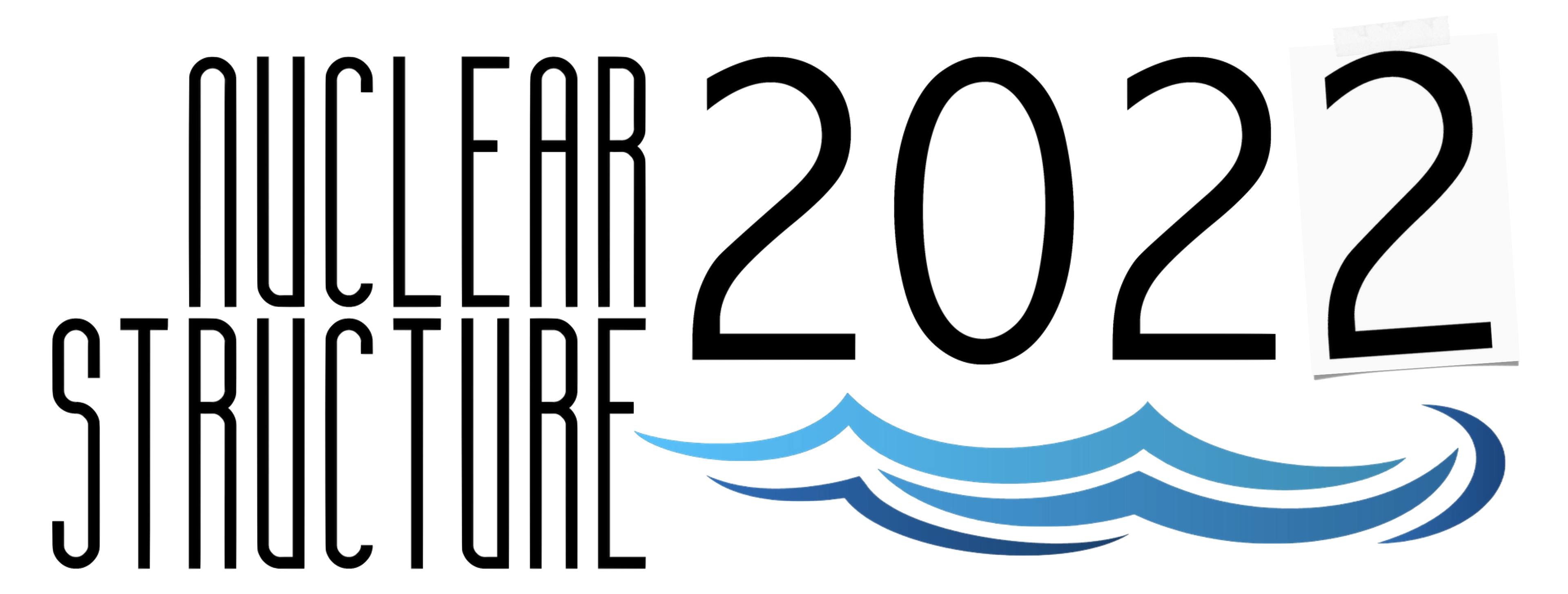Speaker
Description
The heaviest $T_z = 0$ doubly-magic nucleus, $^{100}$Sn, and the neighboring nuclei offer unique opportunities to investigate the properties of nuclear interaction. From Cd to Te, many common features and phenomena have been observed experimentally along the isotopic chains, leading to theoretical studies devoted to a more general and comprehensive study of the region.
Having only two proton holes in the $Z = 50$ shell, the Cd isotopes are expected to present properties similar to those found in the Sn isotopic chain. Therefore, one may expect that the experimental information on the $Z = 48$ nuclei may not only be important in itself, but it may also provide an insight into the structure of the corresponding $Z = 50$ isotones.
While Sn isotopes have been considered the paradigms of pairing dominance for decades, the cadmium isotopes have been seen as a textbook example of harmonic quadrupole-vibrational nuclei. On the other hand, the electromagnetic properties of the Cd isotopes, i.e., quadrupole moments and transition strengths, put their vibrational character in doubt. However, the lack of precise experimental information makes it difficult to assess whether the vibrational picture still holds for the neutron-deficient species.
In order to obtain a precise information on the structure of neutron-deficient cadmium isotopes and on the nuclear interaction in the region close to $^{100}$Sn, a multi-nucleon transfer reaction was used together with the Recoil Distance Doppler-Shift method. This allowed to directly measure the lifetime of low-lying states in $^{102-108}$Cd. The transition strengths corresponding to the measured lifetimes were compared with those resulting from state-of-the-art beyond-mean-field calculations using the symmetry-conserving configuration-mixing approach.
Despite the similarities in the electromagnetic properties of the low-lying states, there is a fundamental structural difference between the ground-state bands in the $Z = 48$ and $Z = 50$ isotopes. The comparison between experimental and theoretical results revealed a rotational character of the Cd nuclei, which have prolate-deformed ground states with $\beta_2 \approx 0.2$. At this deformation $Z = 48$ becomes a closed-shell configuration, which is favored with respect to the spherical one.

